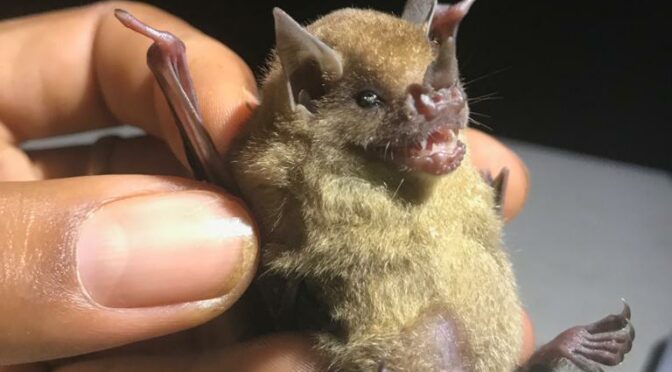If you see an injured bat on the ground, if there’s a bat flying in your house, or you want to exclude bats from roosting in your ceiling, please take a look at our detailed guideline of what to do and what not to do!
If you aren’t sure about the species you are dealing with, please contact PCMBe/T.R.E.E.S at info@treesociety.org or +501 610-5486 (WhatsApp only) for more information regarding their life cycle and if it is safe to exclude them. You can also contact the Belize Wildlife Referral Clinic at +501 615-5159 for assistance with injured or dead animals that are found.
Bat Exclusion Protocol

